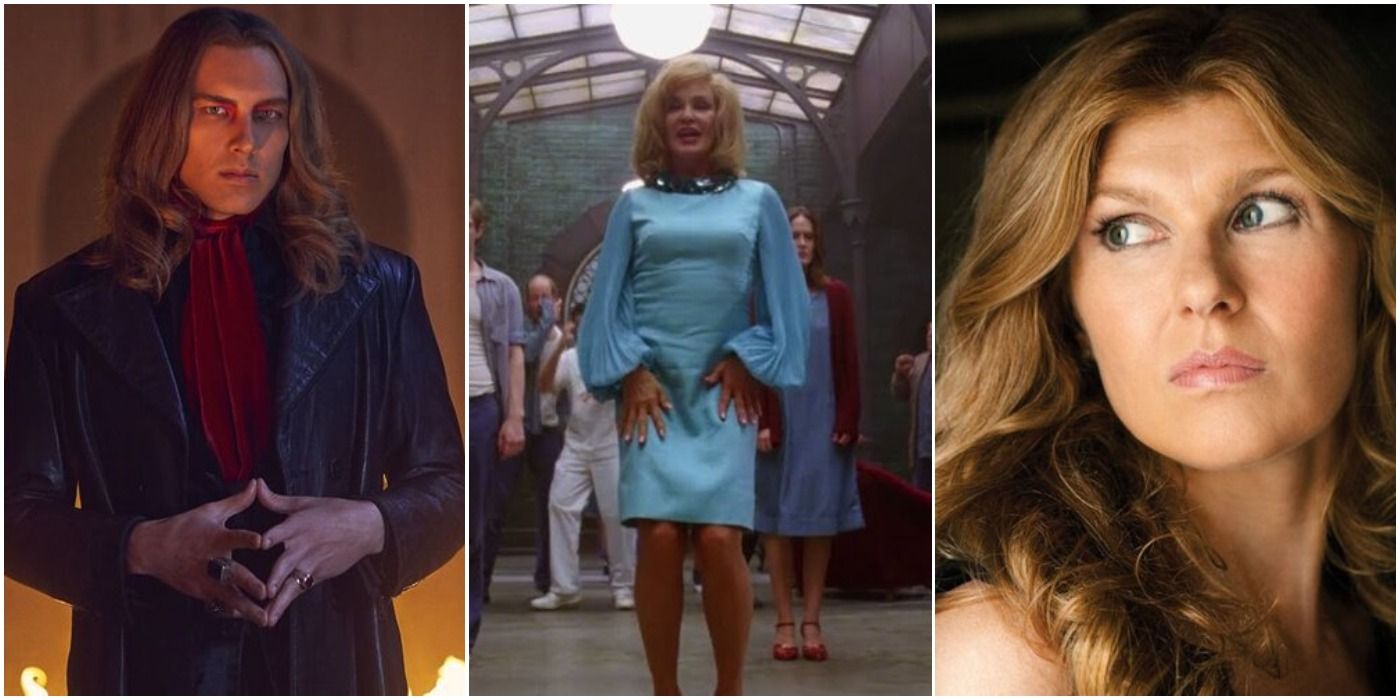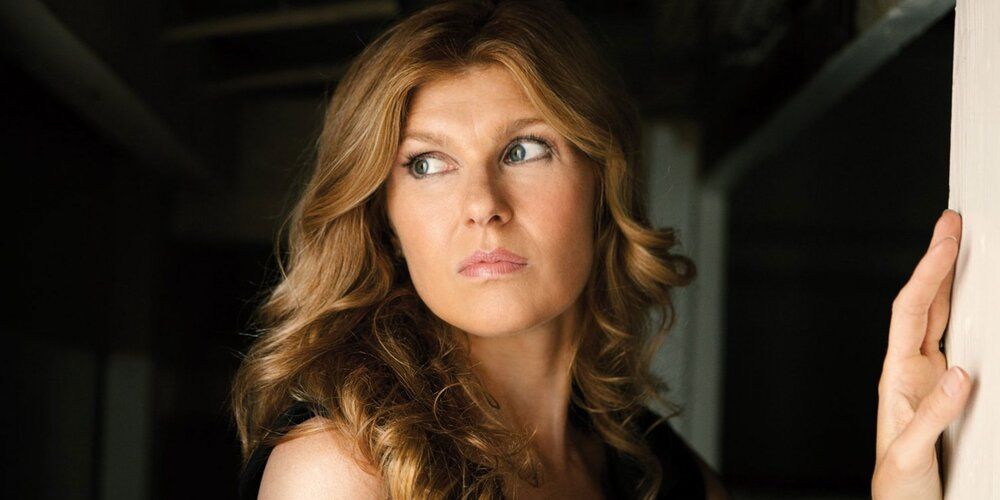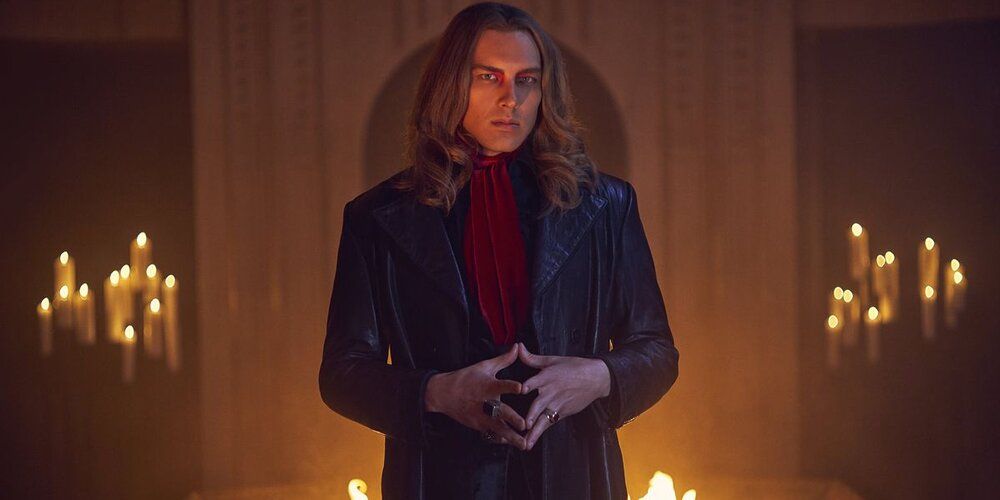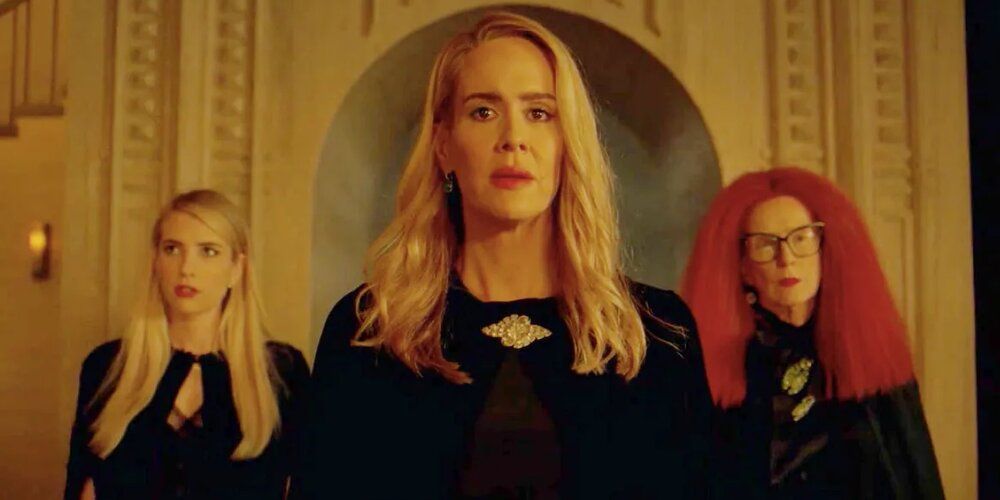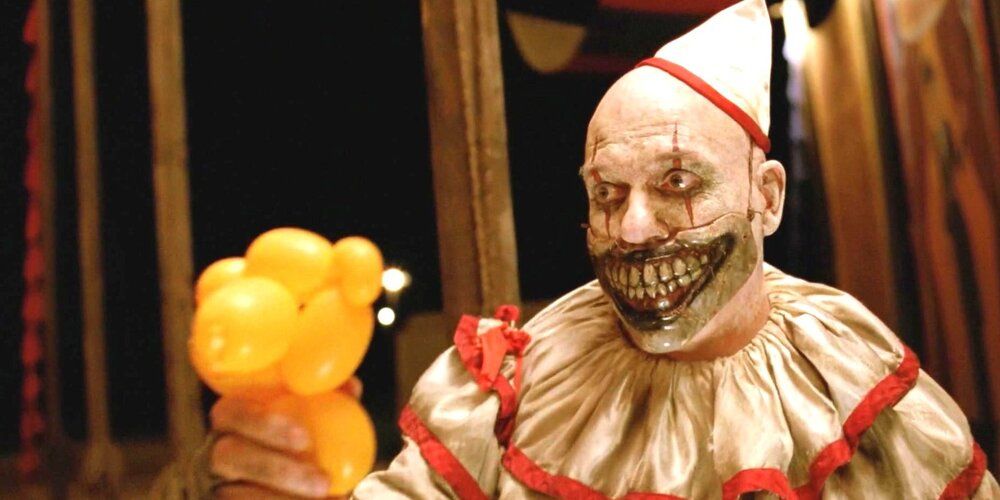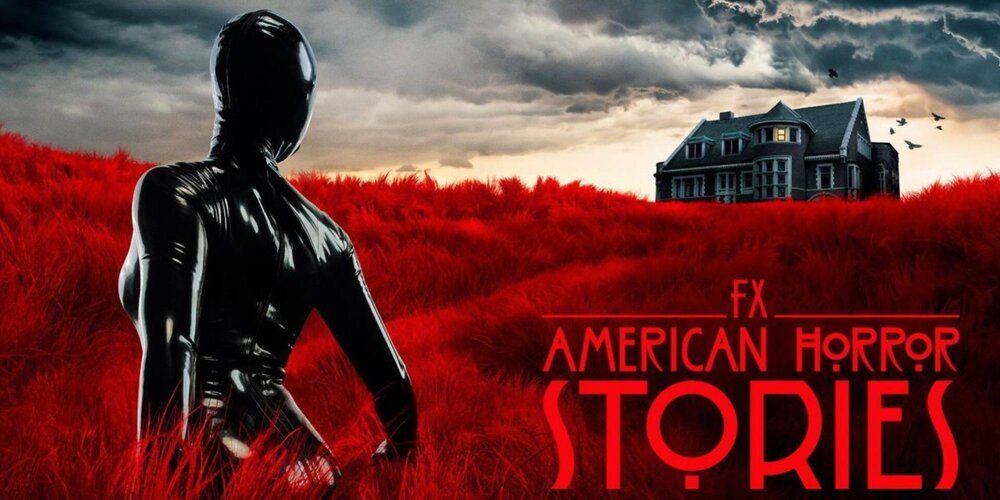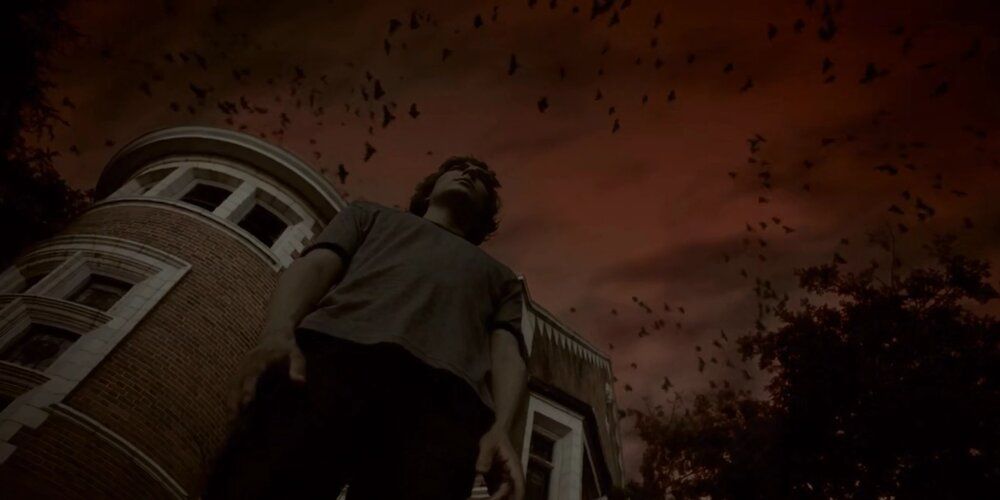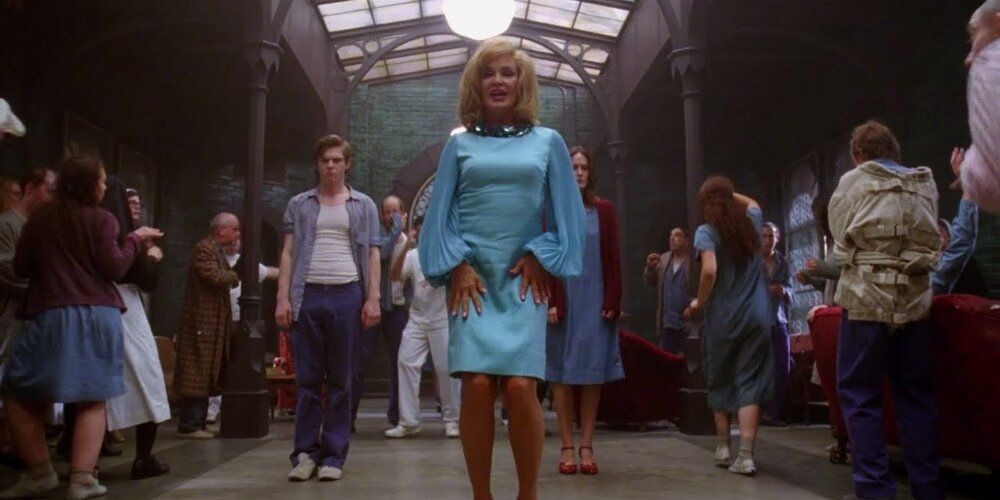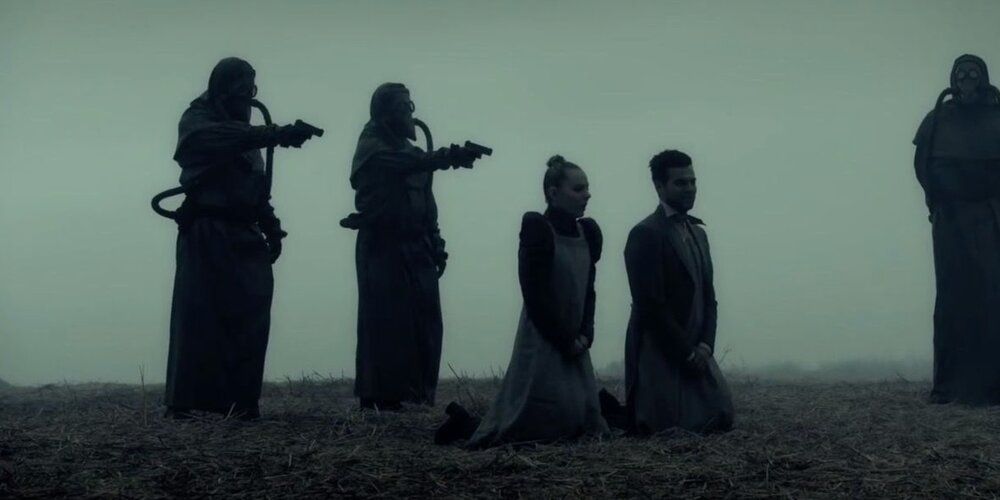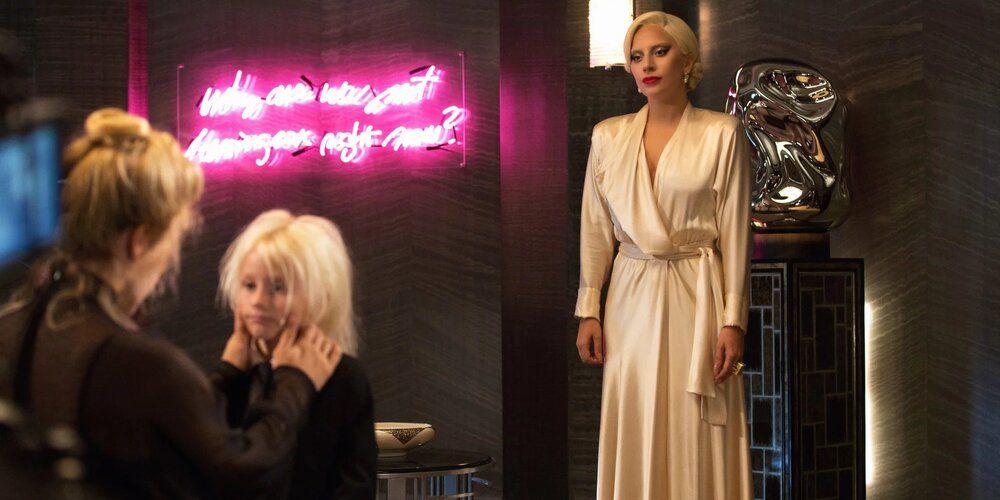American Horror Story is one of the more successful shows of recent memory, with ten seasons, two well-regarded spin-offs, and dozens of awards and nominations to its name. Nonetheless, owing to its anthology format and non-linear storytelling, not to mention the changing tastes of its creators, the show is a very different beast than it was in its first outing, Murder House.
Whether it is changes in the show's format, its characterization, or the overarching story of each season, American Horror Story has undergone several changes since its relatively humble beginnings. Still recognizably the same show, it has nonetheless developed.
10 An Emphasis On Different Actors
One thing tying together the various seasons of American Horror Story is cast members returning through each season, playing different roles within the same universe. After a few seasons, certain actors became well-emphasized in the cast, most notably Sarah Paulson and Evan Peters.
In the first season, however, only Peters has the same level of prominence he would go on to be known for in the series. Murder House emphasizes Connie Britton as Vivien, who would not go on to reappear; Dylan McDermott, who would go on to have much smaller roles in subsequent seasons; and Taissa Farmiga, one of the few Murder House cast members who would get similar prominence in other seasons. In particular, eventual show grandee Sarah Paulson has an incredibly minor role in this season.
9 The Villains Become More Villainous
American Horror Story is less a story of good and evil, and more a conflict between complex, multi-layered characters who each have their own, mutually exclusive goals. While some characters are benevolent and some are far more flawed than others, there is nobody committing villainy for the sake of villainy, and even if not sympathetic, all the villains are understandable.
Subsequent seasons would begin to mix understandable villains with more outright diabolical ones. Asylum features—amongst conflicted villains like Father Timothy and Sister Jude—an outright Nazi, and Satan in possession of a nun. Later seasons would continue the trend, up to having the Antichrist end the world in Apocalypse.
8 Continuity Becomes Much Heavier
The first few seasons of American Horror Story were a true anthology, with their stories disconnected entirely from one another, despite similar running themes and returning actors. Murder House in no way directly connects to Asylum, and any connections to Coven are far dimmer.
Beginning with Freak Show, the series would begin to join its seasons together in one universe, with established links and crossovers. Eventually, Apocalypse would tie together the events of many seasons, including Murder House, but for a long time, the first season stood alone in its continuity.
7 The Threats Become More Outlandish
In amongst its very human drama, American Horror Story features inhuman threats that the characters must contend with, and drive them towards the drama. In Murder House, this threat is a very standard horror movie monster: ghosts. There is strangeness with a surgically-twisted child included, but the main threat is in ghosts.
Later seasons would get stranger. Coven's witches and Asylum's serial killers, nuns, and demons are all standards for horror movies—albeit with strange aliens—but later seasons would become more divergent from standard horror tropes, including murderous clowns, the Antichrist, Lady Gaga-esque vampires, a white supremacist cult, and more.
6 Production Of An Anthology Series
American Horror Stories is a spin-off of American Horror Story, but one that is far more closely related to it than American Crime Story, featuring similar themes and even revisiting some of the same locations, including the titular Murder House of the first season.
Despite not being outright a season of American Horror Story, American Horror Stories is nonetheless close enough that its existence presents a clear difference in the direction of the show since Murder House, when individual episodes all connected to one another, even if seasons did not.
5 The Situations Become Less Ambiguous
One thing fans like about Murder House is that it doesn't bog itself down with exposition about how the house works. The actual mechanics are less important than the drama that comes about as a result of the situation, and it is ultimately never explained in Murder House just why ghosts return and act the way they do.
This would be retained in some seasons, such as Asylum offering no explanation for its aliens or demons, but later seasons would begin to explain more and more about their situations—and previous ones. Apocalypse would ultimately bring about exposition as to how and why the Murder House operates, absent from the first season itself.
4 The Introduction Of Musical Numbers
Before American Horror Story, Ryan Murphy and Brad Falchuck, its creators, were best known for Glee. Their enthusiasm for music and musicals has remained clear throughout their projects since, including American Horror Story. Nearly every season has musical numbers, most famously Asylum's rendition of 'The Name Game.'
The exception is Season 1, Murder House, which has no such indulgence. The closest the show gets is the character of Violet playing instruments occasionally, but there are none of the singing, dancing, and costumes seen in later seasons.
3 Stranger Settings Become The Norm
As American Horror Story ran for more seasons, it began to draw away from established horror tropes in nearly every way. The setting of Murder House is such a well-worn trope as to be nearing cliché: the haunted house. Some later seasons would occupy similar horror movie tropes, such as an old mental institution, or a mysterious hotel.
Others would seek out stranger, less well-worn pastures, telling their stories of horror in settings like a post-apocalyptic bunker, or North Carolina.
2 The Quality Becomes More Controversial
Murder House won acclaim on its release, for its writing, acting, direction, storytelling, and nearly everything else about it. For a time, American Horror Story looked to retain this, with Asylum being even more well-received, and considered by fans the show's peak.
From there, quality became more disputed. Coven boasts many fans, as do seasons like Roanoke, Hotel, and Cult. Others, still with their fans, are more controversial, such as Apocalypse. Less controversial is that most fans agree Freak Show is a poor outing, but it is still ways away from the near-universal acclaim of Murder House.
1 The Show Aims For Topicality
Murder House isn't a series considered to be particularly topical. It touches on several poignant themes, including some politically-tinged ones, such as an exploration of the historic mistreatment of women through the stories told within the Murder House itself, but they tend towards the timeless, less focused on specific current events.
The show wouldn't maintain this for long, with later seasons becoming more overtly political and touching on current events. The peak of this comes in Cult, a season that includes the election of Donald Trump as a major part of its plot. Some fans appreciate the show's verge into satire, while others are less convinced.

